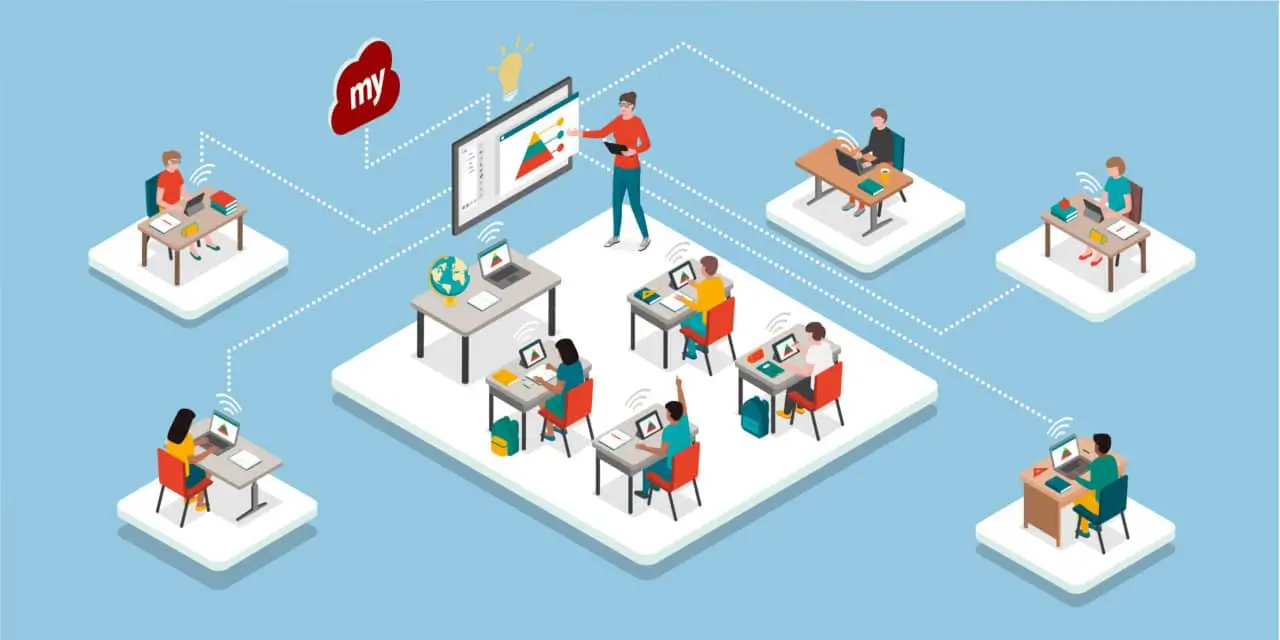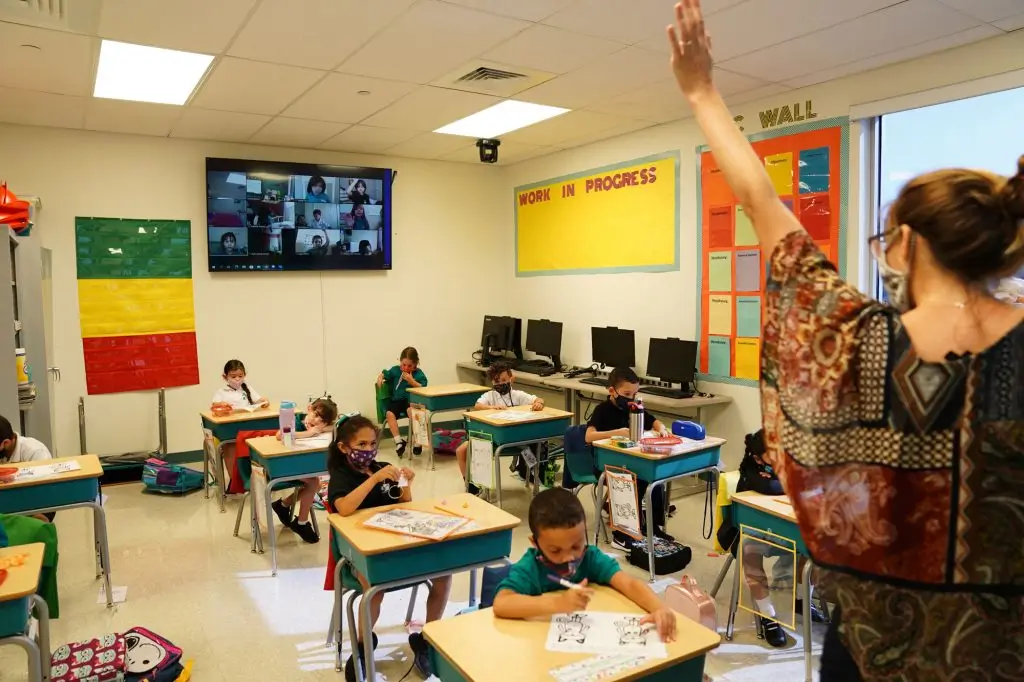In recent years, the idea of “Freeze School” has gained interest as a radical method of education. Although the term might sound uncommon to many, the concept behind it is pretty simple: establishing an environment where students can pause, think and change their learning speed. This blog will review the meaning of Freeze School, its functions, its advantages and challenges, and its potential impact on education.
What is Freeze School?
“Freeze School” is an expression that refers to an educational approach that is focused on giving students the option of putting off their learning experience if they require it. This approach allows students to slow down, review their knowledge of a subject and then resume their studies when they are at their level. The idea is founded on the belief that learning should be flexible, individualized, and geared to the specific requirements of each student. Freeze School differs from traditional schooling, in which an established instruction schedule is followed for every student, no matter their learning requirements.
The idea is based on “freezing” a moment in the learning process, which allows students to have time to learn complex concepts. This is particularly important with regard to modern technology, in which hybrid and online learning techniques are becoming more popular. These platforms provide the capability to “pause” lessons and revisit lessons whenever necessary.
The Core Elements of Freeze School
Freeze School incorporates several core concepts that distinguish it from conventional learning environments:
Personalized Learning Tempo
Students can progress through their lessons at their own pace, which gives them greater control over their learning. This helps to address the issue of students falling behind or disengaged because they’re forced to learn in a manner that is not based on their learning way of life or their capacity.
Reflection and review
Freeze School encourages students to take a moment, reflect and then review the content before moving on. This helps to improve comprehension and retention of the knowledge. Retrospective lessons allow students to inquire about their understanding and clear doubts before going on to the next lesson.
Access to on-demand resources
Technology is integral for students at Freeze School. Students can access online resources, including videos or articles, and interactive tools that can be used to learn the material at their speed.
Flexibility in scheduling
Unlike traditional schools, which are based on fixed timetables, Freeze School can offer more flexibility. Students can study when they feel the most. This is particularly advantageous for students with other commitments like work-related or other activities.
Student-driven learning
Freeze School promotes independence in learning. The students are encouraged to take control of their education by deciding what and when to interact with the content according to their needs and interests.
How Freeze School Works?
The process of implementing Freeze School The implementation of Freeze School varies from one institution to another. However, it is usually implemented in hybrid or online learning environments. This is how it usually is implemented:
Online Platforms
Many Freeze Schools operate on digital platforms that provide courses through LMS. They allow students to access videos, lessons or quizzes, and other learning material. Courses are designed as modular, which helps the students to “freeze” and pick up where they were left.
Asynchronous Learning
Freeze School often uses asynchronous learning techniques. Students can access materials at any point, pause them for the required time, and then return to the course when they want to. This gives learners complete control over how and when they learn.
Assessment as well as Feedback
Instead of using only traditional tests, Freeze School employs ongoing assessments, including discussions, quizzes, and project-based assignments. Students are constantly notified of their progress, allowing them to determine areas requiring further review.
Peer interaction and support
While Freeze School will enable students to learn at their speed, It also encourages interaction with peers. Forums, group discussions and collaborative projects ensure that students can still benefit from the social aspect of learning and group dynamics.
The Benefits of Freeze School
Freeze School offers a range of advantages to educators and students. Let’s take a look at some of the most important advantages:
Personalized Learning Experience
One of the most significant advantages of Freeze School is it lets students take their time learning at their own speed. Students who require longer to comprehend a concept can be patient, while students who are quick to learn can go ahead without feeling slowed down. This flexibility helps ensure that students do not feel lost or left out.
Improved retention and understanding
Reflecting and pausing leads to more significant learning. Students can study the material, ask questions and strengthen their knowledge. Research has shown that students who study at their own speed tend to retain information more effectively.
More engagement
Freeze School removes the stress of coping with a set timeline. This allows students to become more familiar with the subject. Learning as a learning panacea makes learning more relaxing and less stressful.
Higher Learning Results
Students with more remarkable ability to control their learning process tend to do better. They can review the material multiple times, get assistance when needed, and take breaks during stressful times. This can lead to more successful academic outcomes.
Improved Mental Health
The capability to “freeze” the learning process allows students to feel the feeling of having control over their learning. This can reduce the anxiety and stress that come with traditional schools, where students are often overwhelmed and feel pressured to catch up with the class.
Support for a variety of learning styles
Freeze School caters to a variety of learning styles. Sure, students learn best through reading, while others prefer watching videos and learning hands-on. The model includes many tools, allowing students to use the content most effectively for their needs.
Challenges of Freeze School
Although Freeze School offers many benefits, it’s not without obstacles. Here are a few of the most significant barriers students and institutions may have to overcome:
Self-Discipline
As students have more freedom, they must learn self-control to keep up their course. In the absence of the structure that is typical classrooms, students might have difficulty focusing or feel alone.
Technological barriers
Freeze School relies heavily on technology, which could be a problem for students who do not have access to reliable Internet or devices. In areas with weak infrastructure, this approach may not be as efficient.
The absence of immediate teacher Support
While online learning platforms typically offer Asynchronous support, the absence of instant, in-person interactions with teachers can make it more difficult for students to obtain fast answers to questions.
Teacher adaptation
Teachers may be unable to transition into a Freeze School approach. Strategies for teaching must be modified to accommodate this more personal method, and not all teachers are at ease or have the skills to offer the necessary support.
Social isolation
Though Freeze School encourages peer interaction via websites, students may be socially isolated compared to traditional school environments, where social interaction is a significant element of learning. Learning process.
The Future of Freeze School
As technology continues to improve and technology continues to advance, this Freeze School model may become more popular. Here are some possibilities for changes that could be coming to this method of education:
Integration with Artificial Intelligence (AI):
AI could improve learning and enhance the learning experience. Artificial intelligence algorithms can monitor students’ progress and suggest options or activities that meet the needs of each student. This could improve the personalization and flexibility of Freeze School.
Wider Use in K-12 Education
While Freeze School is more well-known in adult and higher education learning programmes, the program cancan be incorporated into -12 schools; with the appropriate tools, pupils of any age can benefit from the flexibility of a learning environment.
Global access to Education
Freeze School, specifically through online platforms, may help make education more accessible to students worldwide, even those from under-served regions. The flexibility of this model could be adapted to different time zones and accommodate students with different requirements.
Conclusion
Freeze School represents a shift toward a more individualized flexible, flexible, and learner-centred method of education. Giving students greater autonomy over learning speed combats the standardized approach to traditional education. While there are some hurdles to overcome, particularly related to self-discipline and technology, the potential advantages can make Freeze School an exciting prospect for the future of education. While we strive to develop new ideas within learning methods, programs like Freeze School may be vital in determining how we teach the future generation.






